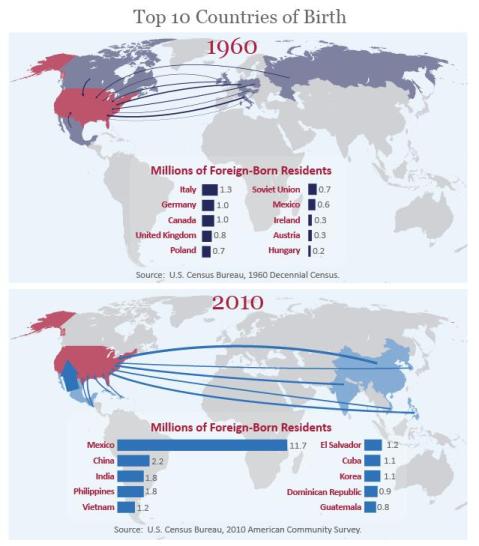Reinventing the Public
Market
 |
| Concepcio Market |
In March of
2015, the Project for Public Spaces held their international conference on
pubic markets in Barcelona, Spain, one of the foremost capitals for public
markets in the world. There are 40 markets in Barcelona attracting 62 million
visits annually with an economic activity equivalent to 950 million euros.
However,
Barcelona’s market scene was not always so bustling. Inadequate commercial real estate, declining
customers, and poor investments lead to a deterioration of market buildings and
the market economy by the end of the 1980’s. In the early 1990’s, city council
decided to reinvest in their city’s markets and renovate multiple locations. In
1992, the Barcelona Institute of Municipal markets (IMMB) was founded with a
goal of local commerce as an economic driver to revitalize the markets and
create jobs.
Working with
local authorities and retailers, IMMB put together a strategic plan that set a
goal for 2025 that will integrate the markets into their neighborhoods,
becoming social assets and creating positive experiences for shopping and
leisure with the foundation of the plan being “renovation, adaptation,
innovation and promotion.”
Public-private
partnership is key in the renaissance of these markets, but what else can we
take from the success of Barcelona’s markets?
Pennsylvania is poised to adapt our public markets in a way that could
make them a center piece for economic development to create jobs, support the
development of entrepreneurial enterprises and sustain existing businesses.
Both Barcelona
and Pennsylvania have market structures dating back into the 19th
century. Both are made of a mix of diverse products. Both create a public space
where local residents can interact.
Many midsize
cities and towns in Pennsylvania have a public market of some kind and
Pennsylvania ranks third in the nation in direct to consumer market sales. In addition, the local food movement has led
to an explosion of farmers markets and value-added, artisan food producers in
our state. However, many of our public markets have not enjoyed the same
success.
Perhaps our
markets can also thrive and remain relevant in our communities if we borrow a
few founding principles that Barcelona used to revitalize their market economy.
Renovation
What are some basic steps that can be
taken to improve the appearance of our markets? Is the exterior inviting us to
step inside the market? Are windows clean? Do we need to upgrade or have more
modern conveniences? Do we have Wi-Fi, benches or seating? If people are
comfortable enough to stay awhile, they usually spend more money. Is there easy
access for everyone? Is there parking? We want to have an inviting, functional and
attractive market space for both retailers and customers.
Adaptation
Markets should reflect the needs of the
communities they serve. What are the demographics of the community where your
market is located? Is the vendor makeup and product offering reflective what
the neighborhood would like to purchase? Is the community mostly young or
seniors? What is the average household income?
More and
more consumers want to know where their food is coming from and how it was
produced. Can our vendors offer and promote that information?
Innovation
To keep our markets thriving and
relevant we may need to attract the next generation of customers and they are
the “millennials”. Millennials want “authentic” products. They also want an
“experience” and a story behind their purchase. What experiences can we offer
as a market place that will keep them (and others) coming back to the market as
a destination for the community?
Promotion
We have so many ways to promote our
markets that it can be challenging and feel a bit over whelming but if we
understand who our customers are then we can target them directly using the
media they consume. If the communities we are trying to attract are younger,
then placing ads in print media might not be the best use of our advertising dollar
since the majority of younger consumers
are using social media as their primary media for gathering information. Think
about where the market is promoted, what is the demographic we are trying to
attract, and do we think that our marketing efforts will reach them.
Market managers who presented at the
conference in Barcelona had some specific recommendations for keeping your
market thriving and relevant.

- Develop a
set of core values. Example:
- Uniqueness
- Quality
- Diversity
- History
- inspiration
- Know the
demographics.
- Age
- Gender
- Ethnicity
- Shopping trends
- Develop a
whole market experience
- Quality
products
- Exciting
place to visit
- Create
a market identity
- Offer
options
Following
these principals can help 19th century markets be relevant and
vibrant 21st century markets.
Brian Moyer
Program Assistant
Lehigh County
Carla Snyder
Educator
Penn State Extension
Adams County








